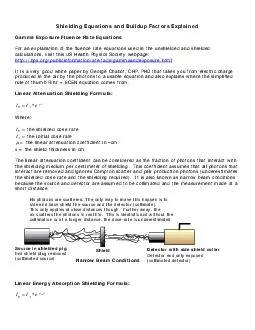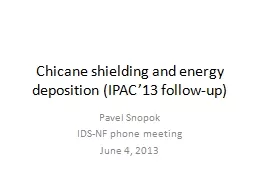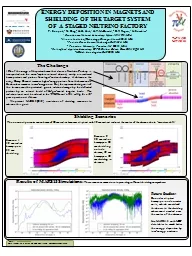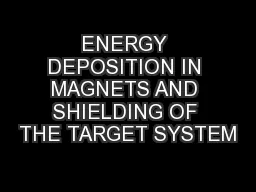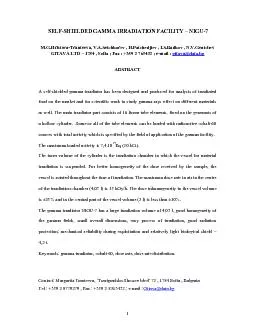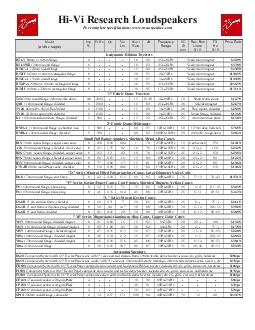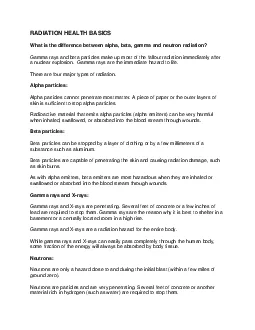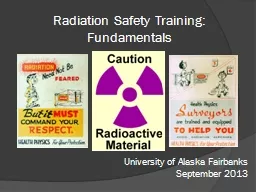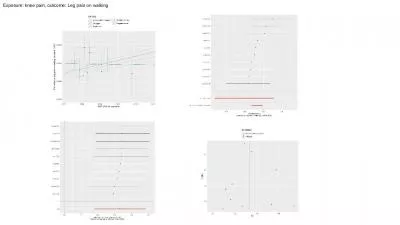PDF-Shielding Equations and Bu ildup Factors Explained Gamma Exposure Fluence Rate Equations
Author : alida-meadow | Published Date : 2015-02-27
orgpublicinformationatefaqsgammaandexposurehtml It is a very good white paper by George Chabot CHP PHD that takes you from electric charge produced in the air by
Presentation Embed Code
Download Presentation
Download Presentation The PPT/PDF document "Shielding Equations and Bu ildup Factors..." is the property of its rightful owner. Permission is granted to download and print the materials on this website for personal, non-commercial use only, and to display it on your personal computer provided you do not modify the materials and that you retain all copyright notices contained in the materials. By downloading content from our website, you accept the terms of this agreement.
Shielding Equations and Bu ildup Factors Explained Gamma Exposure Fluence Rate Equations: Transcript
Download Rules Of Document
"Shielding Equations and Bu ildup Factors Explained Gamma Exposure Fluence Rate Equations"The content belongs to its owner. You may download and print it for personal use, without modification, and keep all copyright notices. By downloading, you agree to these terms.
Related Documents

